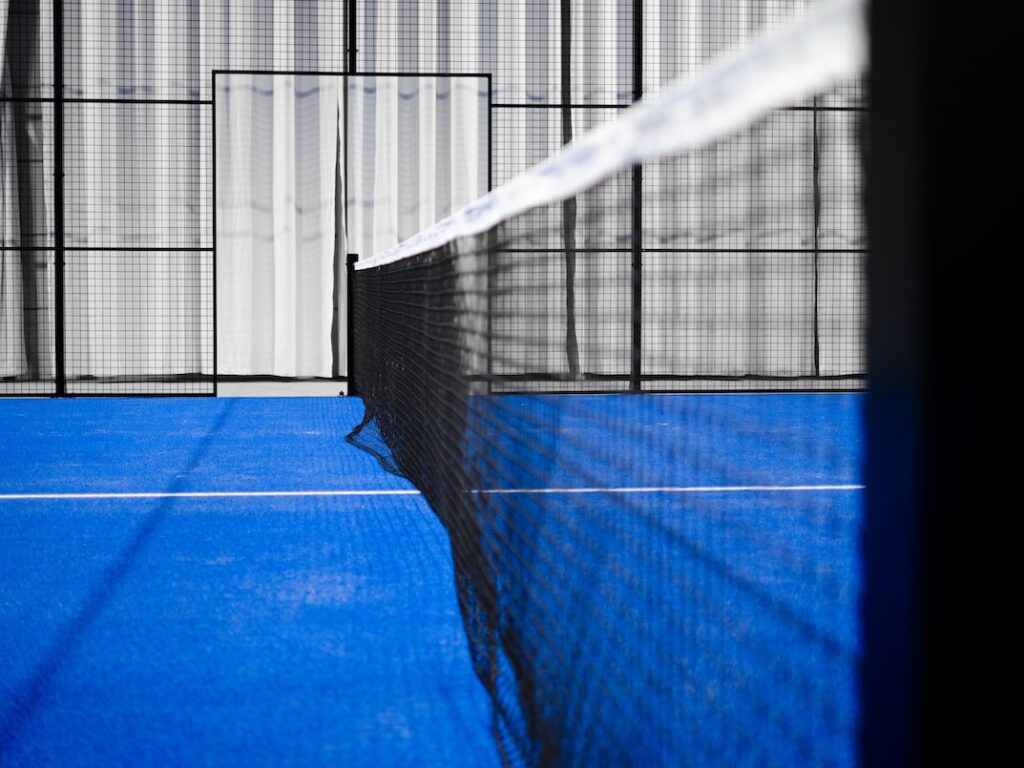Mastering Padel Rules for Competitive Play: A Comprehensive Guide
4 min read
Mastering Padel Rules for Competitive Play: A Comprehensive Guide
Greetings, fellow padel enthusiasts! If you’re looking to step up your game and join the competitive scene, it’s crucial to have a deep understanding of the rules of padel. Fear not, my friends, for I am here to guide you through the intricacies of this fantastic sport. In this comprehensive guide, we will break down the essential rules to help you become a true padel master. So, grab your racket and get ready to dive into the world of competitive padel!
Getting to Know the Court
Before we delve into the rules, let’s familiarize ourselves with the padel court. Picture a glorious blend of tennis and squash, and you’ll find yourself on a padel court. The court is enclosed by glass walls and has a net in the middle, splitting it into two halves. While the dimensions may vary slightly, a standard padel court measures 10 meters wide and 20 meters long.
Now, let’s explore the key rules of padel for competitive play.
Serving it Right
As with any racket sport, serving plays a vital role in padel. Here’s how it works:
- The server must stand behind the baseline and within the service box on their side of the court.
- The ball must be thrown directly upwards and struck below waist height. Failure to do so results in a fault.
- The serve must bounce on the floor in the service box diagonally opposite the server and into the opponent’s service box.
- The serve is a “let” if it touches the net and lands in the correct service box; a fault is called if it touches the net and doesn’t land in the service box.
The Art of Scoring
Understanding how scoring works in padel is crucial to engage in competitive matches. Typically, padel is played in the best-of-three sets format, with each set consisting of six games. Here’s how you can ace your way to victory:
- Points are awarded in the following sequence: 15, 30, 40, and game. If both teams reach 40, it’s called a “deuce.” From this point, a team must win two consecutive points to secure the game.
- After each odd-numbered game, the teams switch sides of the court.
- The game score is called out with the server’s score announced first.
Keep It Within Bounds
Now, let’s talk about the rules for hitting the ball. Precision and strategy are key:
- The ball must be hit after it has bounced, and it must hit the ground within the boundaries of the opponent’s side.
- The ball can only be hit once when it is in play. A successful shot must pass over the net into the opponent’s side without touching any of the walls or the net.
- However, you can use the walls to play the ball. You can hit the ball directly off the walls without it bouncing first, adding an exciting twist to the game.
The Role of Volley and Bounce
In padel, both volleys and bounces are allowed, making for an entertaining and dynamic game. Let’s take a closer look:
- A volley is a shot taken without allowing the ball to bounce on the ground. Players can volley the ball directly off the walls as well.
- A bounce shot is when the ball bounces off the ground before striking it. Delicate control is required for precise and strategic shots.
- Remember, volleying or hitting a shot on the full after the ball bounces in the opponent’s area is not allowed. The ball must cross the net first.
Minding the Double Bounce Rule
One of the unique aspects of padel is the double bounce rule, which adds a layer of strategy to the game:
The double bounce rule states that both teams must let the ball bounce once on each side before playing a volley. After that, the ball can be volleyed or hit on the bounce.
Scoring When It Hits the Net
Unlike other racket sports, padel has its own set of rules when the ball hits the net:
- If the ball hits the net on a serve and lands on the opponent’s side in the correct service box, it is a “let” and can be retaken.
- During regular play, if a ball hits the net and lands in the opponent’s side, the game continues, and it is considered a valid shot.
- If the ball hits the net and does not cross over to the opponent’s side, it is considered a fault.
Conclusion
Congratulations, dear padel aficionado! You are now equipped with a comprehensive understanding of the rules of padel for competitive play. Remember, practice, patience, and strategizing are key to success on the court. So go forth, rally with your partners, and bask in the thrill of competitive padel!
Now that you have a clear understanding of how to understand the rules of padel for competitive play, it’s time to put that knowledge to the test and elevate your game to new heights. Go out there, enjoy the game, and may your forehand always be powerful, and your volleys impeccable!






